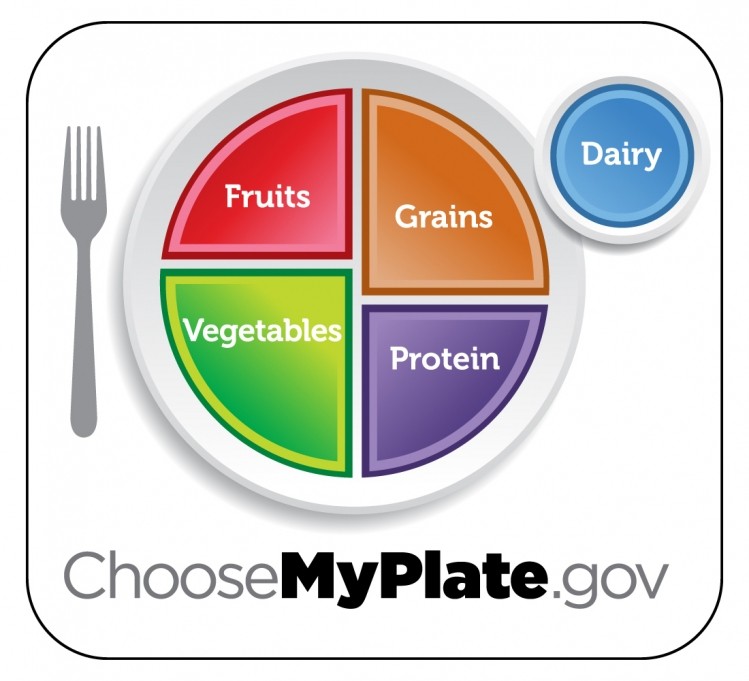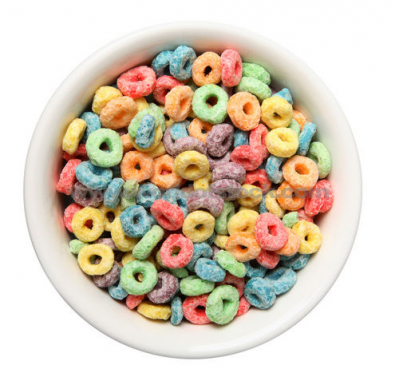The 2015 dietary guidelines: the RD's wish list

Joy Dubost, PhD, RD, CSSD, Academy of Nutrition and Dietetics spokesperson, who attended the public Dietary Guidelines Advisory Committee meetings on Monday and Tuesday, said she was pleased to see that this committee is taking a much broader approach to nutrition, with a new focus on sustainability and environmental factors.
“They’re going to be looking at drivers behind physical activity and consumption and looking at what induces behavior change. So we’ll see what’s out there in research regarding that in terms of what’s driving down obesity,” she noted.
Andy Bellatti, MS, RD, also said he is “very encouraged by reports that the Advisory Committee is moving beyond healthful foods and discussing crucial food environmental factors like marketing to children, organics, environmental sustainability, and agricultural production practices,” adding he hopes the messages don’t get “watered down by political interests.”
The guidelines should provide direct, unambiguous statements about what people should eat more (and less) of
Some in the nutritional community take issue with the clarity of existing messaging the guidelines provide. For Bellatti, that feeling is especially strong when it comes to foods that consumers should limit.
“I wish the guidelines were more direct regarding ‘eat less messaging’,” he said. “It would be fantastic if we had dietary guidelines that flat out said ‘drink less soda’, ‘eat fewer baked goods’, or ‘eat fewer sugary cereals’. Terms like ‘added sugars’ (which people are encouraged to limit, per the DGA) aren't clear to the public. Many people think 'added sugars' only applies to sugar they add to their coffee, but not to highly processed and minimally nutritious products like Froot Loops, which are sugar vessels. Similarly, terms like ‘refined grains’ easily go over the general public's head. I also wish the dietary guidelines specifically stated ‘Choose whole fruit over fruit juice’.
Marion Nestle, Paulette Goddard Professor in the Department of Nutrition, Food Studies, and Public Health and Professor of Sociology at New York University, echoed those sentiments: “My dream for the guidelines? How about making them entirely food-based with clear, unambiguous statements about what people should eat more of (fruits, vegetables, whole grains) and less of (sodas and other junk foods).”
Should the ’15 guidelines include recommendations for dietary supplements?
Because the dietary guidelines are food-based (excluding recommendations for dietary supplements), Catherine Adams Hutt, PhD, RD RdR Solutions Consulting, says her big concern is the shortfalls when it comes to marginal nutrients, such as potassium and choline—which could be addressed through fortification or supplements.
“While many nutrients are overconsumed in our country, there are marginal nutrients and some downright deficiencies, for example, choline and potassium,” she said. “The effects of choline deficiency in pregnant women is similar to that of folate; and there was a national program that included folate fortification of bread and cereals to correct it. What are we doing about choline? There is potential for supplements to be used to augment the diet and correct deficiency states. According to NHANES data, as much as 90% of the US population is deficient in choline. The 2010 DG report identified this shortfall nutrient, but failed to make recommendations about it. The committee should adopt a new posture on dietary supplements and promote their appropriate use for critical nutrients, including choline.”
Another interesting issue of debate for the committee is sodium, as Dubost pointed out. “There have been new reports published since the 2010 guidelines, when the recommendation for sodium intake was 2300 mg. It will be interesting to see what the committee comes up with as far as sodium recommendations. Will they come down to 1500 mg or remain at 2300?”
Burden often falls to consumers; guidelines need to address nutritional economics and relative affordability
“One of my 'big picture' concerns with the guidelines is that they shift a lot of the burden onto the public,” Bellatti said. “There needs to be more acknowledgment that following this advice is often difficult in a food environment where the very foods Americans are supposed to ‘eat less of’ are ubiquitous, artificially cheap, and marketed relentlessly. It's especially appalling when the food industry spins these guidelines to fit their products (i.e.: chips with a smidge of whole grains).”
Dubost added that although evidence-based science and preponderance of studies are crucial to helping the committee make sound recommendations (and dietitians do their jobs), “from a consumer perspective, we also need to live in reality.”
“We can debate the science and look at the evidence, but we also need to spend some time in the shoes of consumer and think about what’s affordable and practical. We have to remember that these goals drive policy. They should be manageable and encourage public to adhere to and implement them.”
Adam Drewnowski, PhD, director of the Center for Public Health Nutrition at the University of Washington, slammed the tendency of the guidelines to be overly aspirational, noting that what we need are “Dietary Guidelines for All Americans.”
“Enough already with the emphasis on fresh fish, fresh produce (not frozen or canned), low-fat dairy products exclusively, expensive nuts (pistachios rather than peanuts) and so on. The reality for many people is starkly different,” he said, adding that dietary advice often emphasizes foods that the average person can't afford.
“We need to address nutrition economics and the relative affordability of different foods in relation to nutrient content. I, for one, am tired of hearing that all of us should be eating more luxury foods if we want to improve our health … However, I remain optimistic that the 2015 guidelines will address these issues.”












